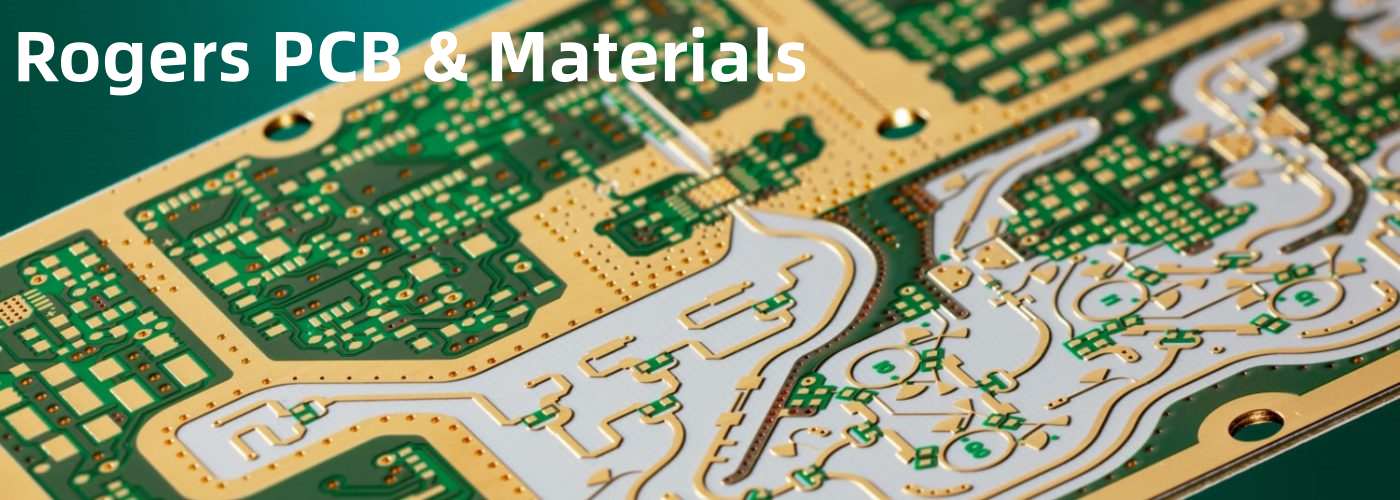Introduction to XRD Technology by Rogers Corporation
X-ray diffraction (XRD) is a powerful non-destructive analytical technique for characterizing crystalline materials. XRD provides information on structures, phases, preferred crystal orientations (texture), and other structural parameters, such as average grain size, crystallinity, strain, and crystal defects.
Rogers Corporation has over 50 years of experience with XRD technology and offers a range of XRD solutions. Their tools allow for rapid identification of molecular structures and atomic arrangements in multi-component materials.
Applications of Rogers XRD Technology
Rogers XRD systems are used across a wide range of industries and applications including:
- Material science research
- Pharmaceutical analysis
- Quality control
- Failure analysis
- High-temperature studies
- Residual stress mapping
- High-throughput combinatorial screening
- Minerals processing
- Forensics
Key Features and Capabilities
Rogers’ XRD systems provide key advantages for materials analysis:
Flexible Configurations
Rogers offers both lab benchtop and production floor XRD systems to meet varying needs. Lab systems like the D8 DISCOVER accommodate a wide range of experiments. Production systems like the BX300 rapid materials analyzer provide automated high-throughput phase ID and quantification.
| System | Key Attributes |
|---|---|
| D8 DISCOVER | Research-grade <br> Wide range of experiments <br> High resolution |
| BX300 | Automated <br> Rapid analysis <br> High throughput |
Intuitive Software
User-friendly software provides an intuitive interface to guide users through setup, data acquisition, and analysis. The software automates routine tasks to optimize workflows.
Advanced Optics
Rogers’ XRD systems utilize high-performance X-ray tubes, optics, and detectors to provide exceptional resolution, fast scan times, and low maintenance.
Sample Handling
Specialized sample stages, temperature chambers, and sample changers accommodate a vast array of sample sizes, shapes, and environments.
Conclusion

With over 50 years of innovation in XRD technology, Rogers Corporation provides flexible, powerful XRD systems for research and industrial materials analysis. From lab benchtop to production floor, their XRD solutions offer unmatched capabilities to characterize advanced materials.
Frequently Asked Questions
Q: What types of materials can be analyzed with Rogers XRD systems?
A: Rogers XRD can analyze all types of crystalline materials including metals, ceramics, semiconductors, polymers, minerals, powders, thin films, and more. Both inorganic and organic compounds can be characterized.
Q: How does XRD work?
A: XRD relies on the diffraction of X-rays by the atomic planes of a crystalline material. Constructive interference occurs at specific angles based on the atomic structure. By measuring the angles and intensities of diffracted X-rays, the atomic arrangement and phase composition can be determined.
Q: What types of information can be obtained?
A: XRD provides structural information like phase identification and quantification, lattice parameters, texture, crystallite size, strain, and crystal defects. It is also useful for quality control, failure analysis, and evaluation of processing conditions.
Q: Are there any sample preparation requirements?
A: Minimal sample prep is required. Many studies are performed on powders or bulk materials. Proper mounting of irregular surfaces may be needed. Specialized stages can accommodate a wide range of sample types and conditions.
Q: How long does an XRD experiment take?
A: Measurement times range from less than a minute for rapid screening to a few hours for in-depth studies. The latest systems provide very fast data acquisition and high throughput. Advanced optics and automation optimize workflow and productivity.

Leave a Reply